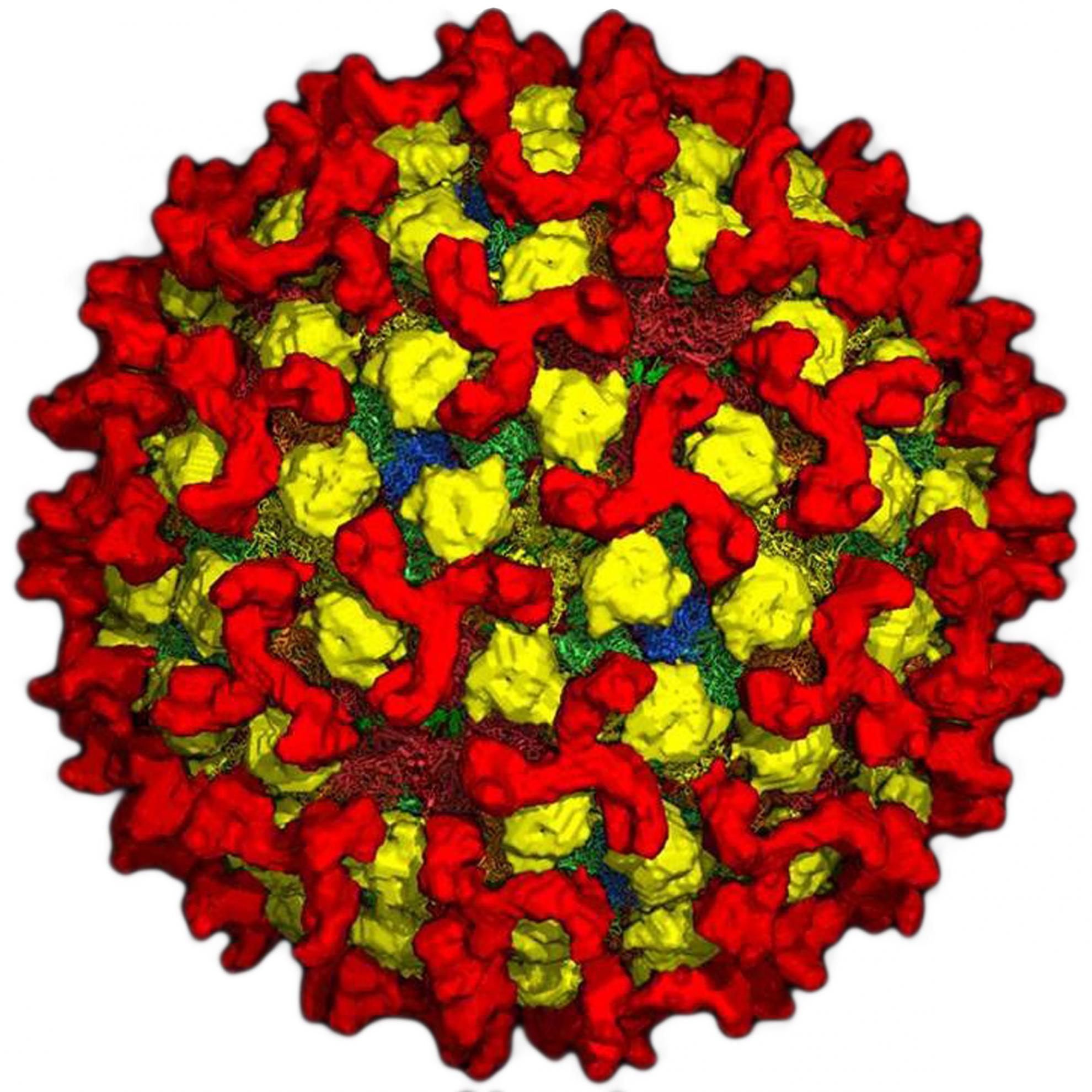Emergence of bluetongue serotypes in Europe, part 2: the occurrence of a BTV-11 strain in Belgium
An EDTA-blood sample from a cow without clinical signs, which gave early birth to a newborn calf that died soon after delivery, was shown to be positive for bluetongue virus (BTV)-RNA using a group-specific real-time RT-PCR (RT-qPCR). In-house serotype-specific RT-qPCR assays for bluetongue virus serotype 1 (BTV-1), -6 and -8 all gave negative results. Subsequent assays were carried out using conventional (gel-based) RT-PCR primers for all 25 BTV serotypes and only two primer sets, both specific for BTV-11, gave bands of the expected size. The cDNAs generated were sequenced and comparisons of the genome segment 2 sequence with that of the modified live vaccine strain of BTV-11 from South Africa showed 100% identity. A survey of all ruminants in a 1-km area around the first positive farm using a BTV-11 serotype-specific RT-qPCR revealed five other holdings with in total nine BTV-11 positive animals. A cross-sectional monitoring of dairy cattle in Belgium showed an overall prevalence of 3.8% on herd level and 0.2% on animal level. A BTV-11 has been introduced into the Belgian cattle herd during the 2008 vector season. The source of the infection and the way by which the virus was introduced are unknown.
Back to publications
Publication
Contributors
De C K, Mertens P, De L I, Oura C, Houdart P, Potgieter A C, Maan S, Hooyberghs J, Batten C, Vandemeulebroucke E, Wright I M, Maan N, Riocreux F, Sanders A, Vanderstede Y, Nomikou K, Raemaekers M, Bin-Tarif A, Shaw A, Henstock M, Breard E, Dubois E, Gastaldi-Thiery C, Zientara S, Verheyden B, Vandenbussche F
Year
2009
Journal
Transboundary and Emerging Diseases
Volume
56
Issue
9-10
Pages
355-361
Associated groups

